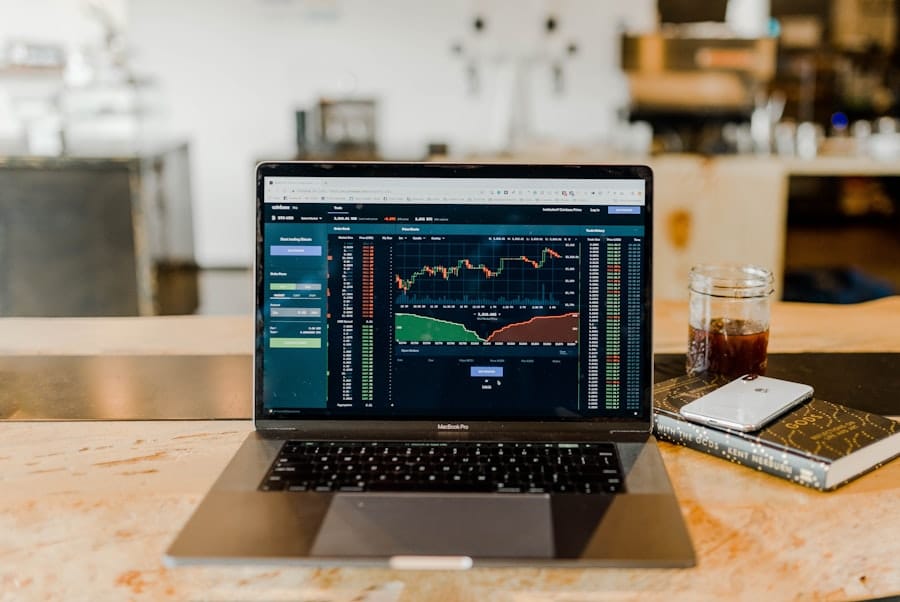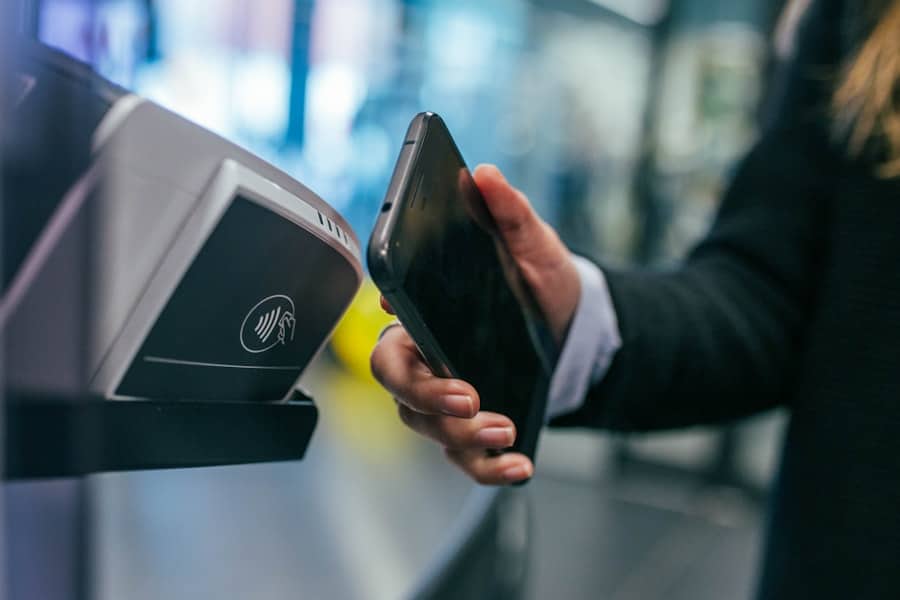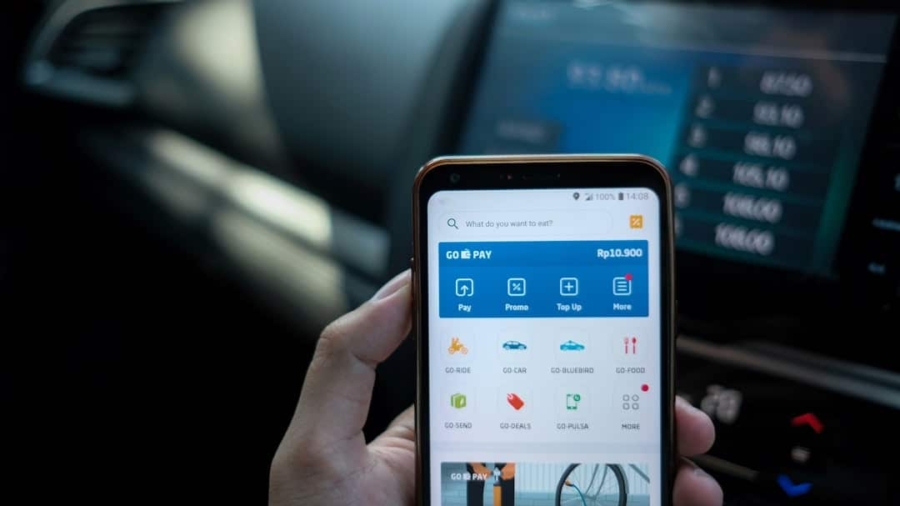The financial technology sector, commonly referred to as FinTech, has revolutionized the way financial services are delivered and consumed. This dynamic industry encompasses a wide range of applications, from mobile banking and peer-to-peer lending to investment management and insurance technology. One of the most critical aspects of FinTech is its ability to provide real-time insights into financial performance, particularly through profit and loss forecasting.
Real-time profit and loss forecasting enables businesses to make informed decisions based on current data, allowing for agile responses to market changes and operational challenges. In an era where speed and accuracy are paramount, the ability to forecast profits and losses in real time can be a game-changer for organizations. Traditional forecasting methods often rely on historical data and static models, which can lead to delays in decision-making and missed opportunities.
In contrast, real-time forecasting leverages up-to-the-minute data to provide a more accurate picture of a company’s financial health. This capability is particularly vital in the fast-paced world of FinTech, where market conditions can shift rapidly, and businesses must adapt quickly to maintain a competitive edge.
Key Takeaways
- Real-time profit and loss forecasting in FinTech is revolutionizing the way businesses manage their finances, providing instant insights for better decision-making.
- Data analytics plays a crucial role in real-time profit and loss forecasting, enabling businesses to analyze large volumes of data and identify trends and patterns in real time.
- Artificial intelligence and machine learning are being leveraged in FinTech for forecasting, allowing for more accurate and automated predictions of profit and loss in real time.
- Blockchain technology is making a significant impact on real-time profit and loss forecasting, providing secure and transparent transaction records for businesses in FinTech.
- Integrating FinTech with cloud computing enables real-time forecasting, allowing businesses to access and analyze financial data from anywhere, at any time.
The Role of Data Analytics in Real-Time Profit and Loss Forecasting
Unlocking Insights with Advanced Analytics
Advanced analytics techniques, such as descriptive, predictive, and prescriptive analytics, allow organizations to move beyond understanding past events and anticipate future outcomes based on current trends. This enables FinTech companies to make informed decisions that drive business growth.
Real-Time Risk Management and Profitability
For example, a FinTech company offering lending services can analyze customer repayment behaviors alongside macroeconomic indicators to forecast potential defaults. By employing sophisticated algorithms that process this data in real-time, the company can dynamically adjust its lending criteria or interest rates, minimizing risk while maximizing profitability.
Data Visualization for Informed Decision-Making
Furthermore, data visualization tools enable stakeholders to easily interpret complex datasets, facilitating quicker decision-making processes that are essential in a competitive environment.
Leveraging Artificial Intelligence and Machine Learning in FinTech for Forecasting

Artificial intelligence (AI) and machine learning (ML) have emerged as transformative technologies within the FinTech sector, particularly in the realm of real-time profit and loss forecasting. These technologies enable organizations to analyze large datasets with unprecedented speed and accuracy, uncovering patterns that may not be immediately apparent through traditional analytical methods. Machine learning algorithms can continuously learn from new data inputs, refining their predictive capabilities over time.
For example, a FinTech firm specializing in investment management might utilize machine learning models to predict stock price movements based on historical trading patterns, news sentiment analysis, and social media trends. By integrating these insights into their forecasting models, the firm can make more informed investment decisions that align with real-time market conditions. Additionally, AI-driven chatbots can assist in gathering customer feedback and preferences, further enhancing the accuracy of profit and loss forecasts by incorporating consumer sentiment into financial models.
The Impact of Blockchain Technology on Real-Time Profit and Loss Forecasting
Blockchain technology has gained significant traction in the FinTech sector due to its potential to enhance transparency, security, and efficiency in financial transactions. One of the key advantages of blockchain is its ability to provide a decentralized ledger that records transactions in real time. This feature is particularly beneficial for profit and loss forecasting, as it allows organizations to access accurate financial data without the delays associated with traditional reconciliation processes.
For instance, a cryptocurrency exchange can utilize blockchain technology to track trading volumes and transaction fees in real time. By having immediate access to this data, the exchange can forecast its revenue streams more accurately and adjust its operational strategies accordingly. Moreover, blockchain’s inherent security features reduce the risk of fraud and errors in financial reporting, further enhancing the reliability of profit and loss forecasts.
As more FinTech companies adopt blockchain solutions, the potential for real-time forecasting will continue to expand.
Integrating FinTech with Cloud Computing for Real-Time Forecasting
Cloud computing has become an integral component of modern FinTech solutions, providing the infrastructure necessary for real-time profit and loss forecasting. By leveraging cloud-based platforms, organizations can store vast amounts of data securely while ensuring that it is accessible from anywhere at any time. This flexibility is crucial for businesses that operate in multiple regions or require collaboration among distributed teams.
The scalability offered by cloud computing also allows FinTech companies to process large datasets efficiently without the need for significant upfront investments in hardware. For example, a payment processing company can utilize cloud services to analyze transaction data in real time, enabling it to forecast cash flow more accurately. Additionally, cloud-based analytics tools often come equipped with advanced features such as machine learning capabilities, further enhancing the accuracy of profit and loss forecasts.
As cloud technology continues to evolve, its integration with FinTech will likely lead to even more sophisticated forecasting solutions.
Regulatory Considerations for Real-Time Profit and Loss Forecasting in FinTech

As FinTech companies increasingly rely on real-time profit and loss forecasting, they must navigate a complex regulatory landscape that governs financial reporting and data privacy. Regulatory bodies around the world are implementing stringent guidelines to ensure transparency and protect consumer interests. Compliance with these regulations is essential for maintaining trust with customers and stakeholders.
For instance, regulations such as the General Data Protection Regulation (GDPR) in Europe impose strict requirements on how companies handle personal data. FinTech firms must ensure that their forecasting models comply with these regulations while still leveraging customer data for accurate predictions. Additionally, organizations must be prepared for audits and reporting requirements that may arise from their forecasting practices.
Failure to adhere to regulatory standards can result in significant penalties and reputational damage.
Case Studies: Successful Implementation of Real-Time Profit and Loss Forecasting in FinTech
Several FinTech companies have successfully implemented real-time profit and loss forecasting strategies that demonstrate the effectiveness of advanced technologies in enhancing financial performance. One notable example is Square, a payment processing company that utilizes real-time analytics to monitor transaction volumes and revenue streams. By analyzing this data continuously, Square can adjust its pricing strategies and marketing efforts based on current market conditions.
Another compelling case is that of Robinhood, a commission-free trading platform that leverages machine learning algorithms to forecast user engagement and trading activity. By analyzing user behavior patterns in real time, Robinhood can optimize its platform features and marketing campaigns to drive user retention and increase profitability. These case studies illustrate how innovative approaches to real-time forecasting can lead to improved decision-making and enhanced financial outcomes.
The Future of Real-Time Profit and Loss Forecasting in FinTech: Trends and Opportunities
Looking ahead, the future of real-time profit and loss forecasting in FinTech is poised for significant advancements driven by emerging technologies and evolving market dynamics. One prominent trend is the increasing adoption of predictive analytics powered by AI and machine learning. As these technologies become more sophisticated, they will enable organizations to generate even more accurate forecasts based on a wider array of variables.
Additionally, the integration of Internet of Things (IoT) devices into financial ecosystems presents new opportunities for real-time data collection.
This data could then be utilized for more precise profit and loss forecasting.
Moreover, as regulatory frameworks continue to evolve, FinTech companies will need to adapt their forecasting practices to remain compliant while still leveraging innovative technologies. The ability to balance regulatory requirements with technological advancements will be crucial for success in this rapidly changing landscape. In conclusion, the intersection of FinTech with advanced technologies such as data analytics, AI, blockchain, cloud computing, and IoT is reshaping the landscape of real-time profit and loss forecasting.
As organizations continue to embrace these innovations, they will unlock new opportunities for growth while navigating the complexities of regulatory compliance. The future holds immense potential for those who can effectively harness these tools to drive informed decision-making in an increasingly competitive environment.
If you are interested in exploring the world of technology further, you may want to check out this article on how to choose the best smartphone for gaming. This article provides valuable insights into selecting the right device for an optimal gaming experience. Just like FinTech revolutionizes financial forecasting, choosing the right smartphone can enhance your gaming performance.
FAQs
What is FinTech?
FinTech, short for financial technology, refers to the use of technology to improve and automate the delivery of financial services. It encompasses a wide range of applications, including mobile banking, investing, cryptocurrency, and more.
What is real-time profit and loss forecasting?
Real-time profit and loss forecasting is the process of using financial data and predictive analytics to estimate a company’s future profits and losses in real time. This allows businesses to make more informed decisions and adjust their strategies as needed.
How does FinTech enable real-time profit and loss forecasting?
FinTech enables real-time profit and loss forecasting by providing access to real-time financial data, advanced analytics tools, and automated reporting capabilities. This allows businesses to quickly analyze their financial performance and make timely adjustments to their operations.
What are the benefits of real-time profit and loss forecasting with FinTech?
The benefits of real-time profit and loss forecasting with FinTech include improved decision-making, better risk management, increased operational efficiency, and the ability to quickly adapt to changing market conditions. It also provides greater transparency and accountability in financial reporting.
What are some examples of FinTech tools for real-time profit and loss forecasting?
Examples of FinTech tools for real-time profit and loss forecasting include financial management software, predictive analytics platforms, automated budgeting and planning tools, and real-time reporting dashboards. These tools can be customized to meet the specific needs of different industries and businesses.

